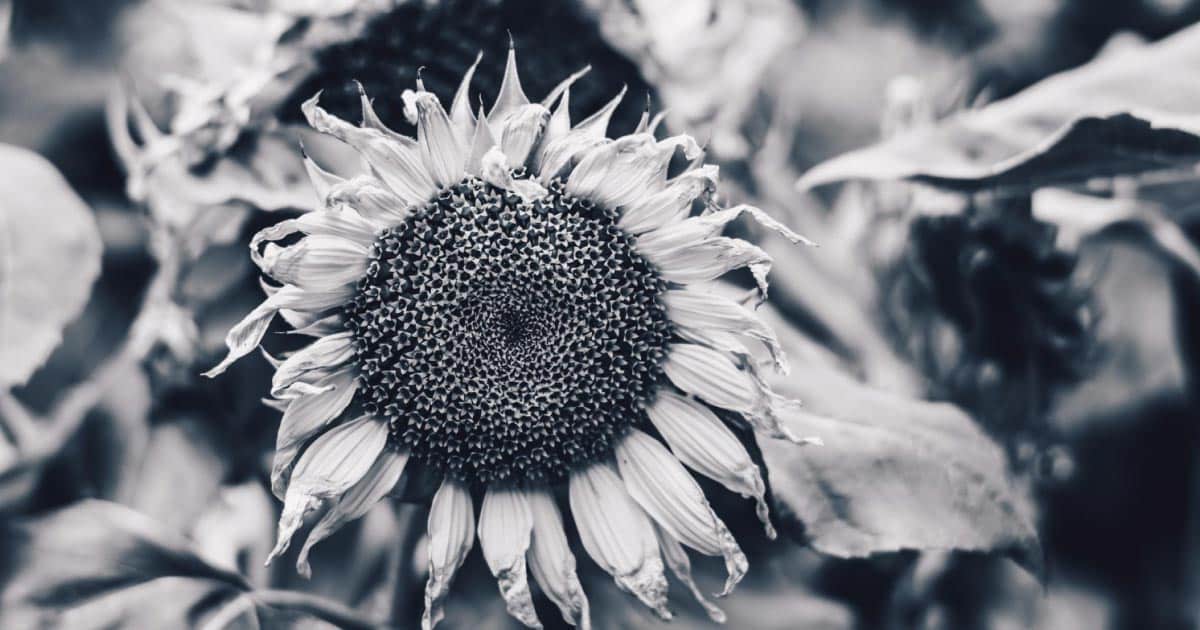Photography is not just about pressing the shutter. To create a good photograph, one needs to combine several things. Like composition, framing, post-production, etc. Each one of these is important to create a stunning photograph. Tonal contrast is one of those elements of photography that can’t be separated in any way.
This is why knowing how to use tonal contrast creatively in your photos is an asset for any photographer. This skill can benefit photographers by letting them apply their creative ideas to photographs. Tonal contrast can be a great tool if one knows how to use it and where to use it.
What you’ll learn in this article
What is Contrast in Photography?
Contrast basically means difference. In photography, contrast refers to the difference between the existing tones of a photograph. This difference can be between color and light. There are different types of contrast, and all of them work differently in an image.
One of the most basic criteria of doing photography is to understand how contrast works in visuals. Without this, one won’t be able to imply the creative styles on his/her photographs. To define the genre, to create meaning, there is no alternative to having a good knowledge of contrast in photography.
What is Contrast in an Image?
Tonal contrast is the difference between light and dark areas of an image. This determines the mood of the photograph.
What is the Effect of Tone in Photography?
The tone creates the mood of the photograph. Because of its effect, a photograph can express the meaning it wants to convey.
How Do You Describe Tonal Range?
Tonal range means the ratio of the lightest and darkest value of an image. All the other tones exist between these two extremes.
How is Tonal Contrast Different and Similar to Color Contrast?
The difference between tonal & color contrast is that tonal contrast works with light and dark. On the other hand, color contrast works with color. And the similarity is that both determine the mood of the image.
How Do You Use Varying Colors in a Monochromatic Tonal Scheme?
In a monochromatic color scheme, varying colors can be used to create shades of gray. There are different shades of gray for different colors. You can use these to create contrast. Moreover, using the zonal system is another way of using a tonal scheme.
How Does Contrast Work in Photography?
Contrast creates a difference between highlight and dark areas. By doing so, it changes the meaning of the photograph. When the difference is vivid, it makes the image louder. On the other hand, when the difference is not that vivid, it makes the photograph calm.
This is because when the difference between light and dark areas is high, it brings out more light and more dark in the image. So, the image shows up with bold vibes. The same goes for low-contrast images. They have more midtones. Because of that, low-contrast images mute the vivid areas and make the images calm.
What are the Different Types of Contrast in Photography?
There are different types of contrast in photography. Each one of them works differently on photographs. These are tonal contrast, high contrast, low contrast, and color contrast. Here’s a detailed explanation of each of these contrast styles –
1. Tonal
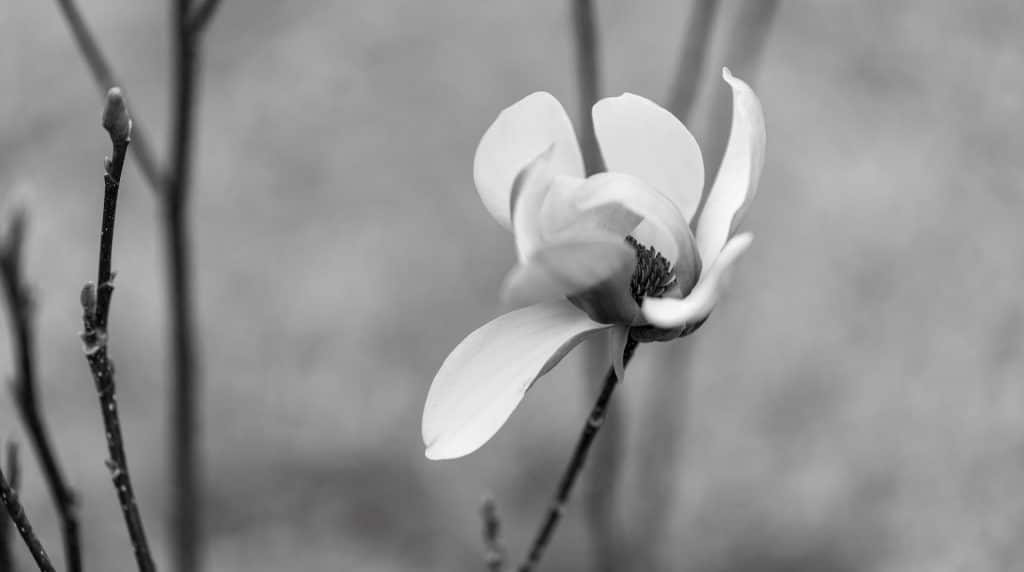
The difference in tones between the elements of an image is called tonal contrast. That means tonal contrast creates images that have distinct differences between elements. This difference is usually created by light and color. The brightest and the darkest areas of an image can be used to produce a unique composition.
2. High Contrast
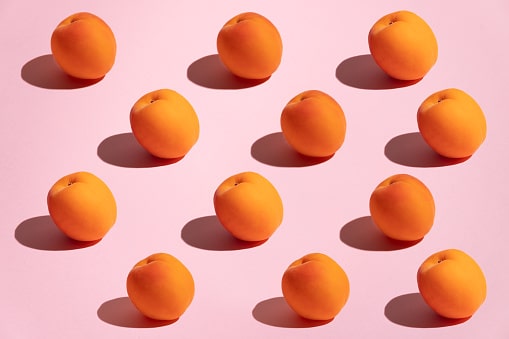
High contrast means the difference between light and dark is high in an image. Midtone is rarely present in high-contrast images. The visibility of bright and dark areas is too vivid that almost vanishing the presence of midtones. High-contrast images have more whites and more blacks.
3. Low Contrast
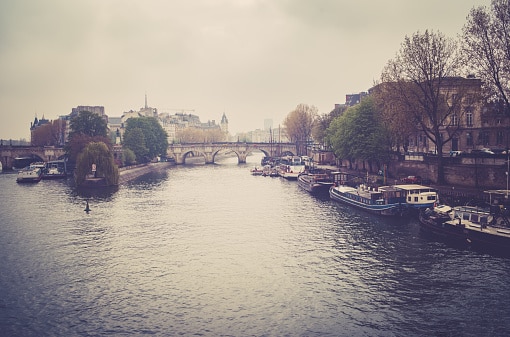
As opposed to high-contrast images, low-contrast images have less difference between bright and dark areas. That’s why this kind of image also has fewer whites and fewer blacks. Low-contrast images are mostly created with midtones. You will rarely find extreme white and extreme black in low-contrast images.
4. Color Contrast
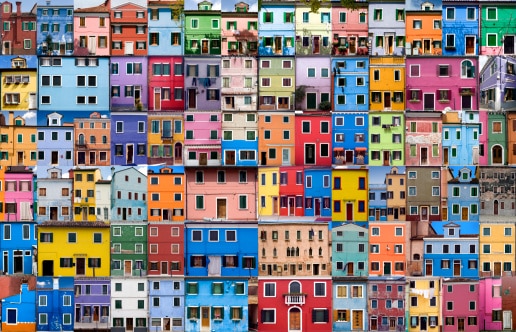
Colors also carry different tones. In the color wheel, each color has a specific tone. Light color tones and dark color tones create contrast in images. You’ll understand this easily if you understand the tonal values of different colors. Colors with dark tones and colors with white tones can be used creatively in images to create contrast.
Why Use Tonal Contrast in Photography?
Tonal contrast is essential to determine the mood of a photograph. Different tones convey different messages in photographs. Composition is not the only element that creates meaning in photography. Tonal contrast fulfills the meaning that a composition wants to convey.
Moreover, tonal contrast is not something that you add to an image. This is something that exists in each and every image. What you can do is to increase or decrease the contrast and shift the tones of an image. By doing that skillfully, you can make a mundane image a dramatic one.
How Do You Create a Tonal Contrast in a Photo?
As photography is the creation of light and shadow, one can create contrast using light, too. By controlling the direction and the quality of light, one can create whatever tonal contrast one wants. This is how it works –
1. Use the Direction of Light
Many address photography as the painting of light. Light and shadow create images. So, the first thing you can use to create contrast is by using the direction of light. Natural light and artificial light both can be used to produce contrast. To use the tonal contrast in photography, you need to understand the basics of light.
If you set the light directly towards the subject, the shadows will be harsh. This will create high high-contrast image. On the other hand, setting the light from an angle can produce soft shadows, thus low contrast images. The same thing can be applied while creating color contrast.
2. Quality of Light Affects
Quality of light works in the same way. But the characteristics are different. Here, the quality of light refers to the intensity of the light. Along with direction, the intensity of the light plays an important role in creating contrast. How ha
That means light with high intensity, which means the bright light creates hard shadows. Hard shadows create high-contrast images. On the other hand, when the light is not that bright, for example, in the dawn and evening, that light can’t produce hard shadows. Thus, images taken at that time create low-contrast images.
How to Use Contrast for Different Photography Styles
The same images with different tones carry different messages and create different meanings of the image. So, this is very important to be specific about what kind of tone you’re using in your image. Contrast can be used in many ways. Depending on the mood, you can change the contrast style of the image.
1. Dark and Moody Style
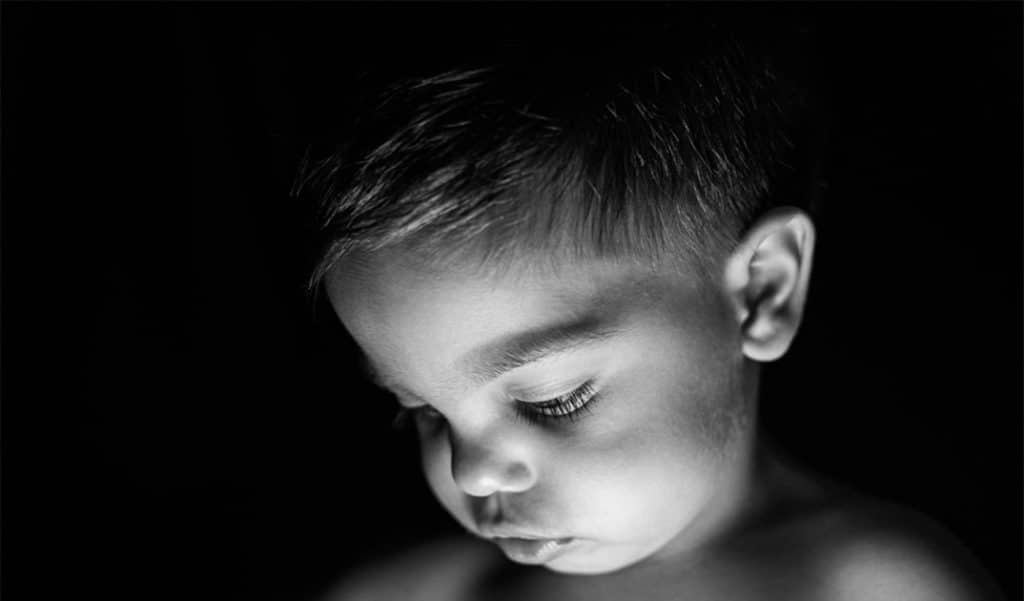
Contrast can create a dark and moody style. You can do it with light, as well as with color. High-contrast photos increase the differences between light and dark areas. Because of that, the highlighted area becomes more white and the darker area becomes darker.
Because of the darker area, the presence of black increases in an image. This is the element that creates a dark and moody style in photographs. Dark images convey a certain message or certain essence about the image. And this toning can change the meaning of the image.
2. Dramatic Style
Dramatic style is also created with both color and light. Dramatic photographs capture certain expressions or scenes. On that, you can apply contrast to bring out the drama more vividly. Dramatic images are often used in art photography.
This style is most suitable for images that have details. The more details the image has, the more drama will be created. This is because, in an image with more details, there is more space to work. Contrasting colors can be used to create drama, too. In that case, you need to have knowledge of the color wheel. That will let you understand the technique of mixing colors.
3. Genres of Style
There are different genres in photography. For example, journalistic photography, art photography, documentary photography, staged photography, etc. All genres have their own style of expressing meaning. Depending on the genre, one can change the contrast of the image to match with the theme of the image.
Contrast is an important element in every genre. Based on the contrast, the genre will be determined. Also, if the theme or composition of the image doesn’t match the contrast, it can ruin a well-composed image. To imply it perfectly, one should understand the basics of contrast.
4. Light and Airy Style
Low-contrast images have less difference between light and dark. These images contain more mid-tone areas. This removes the harshness from an image. So the image becomes light, soft, or calm. Low contrast can create mute-colored photographs too. These images are easy to look at.
To create light and airy images, simply decrease the contrast of an image. To create this with color, one needs to be aware of choosing colors while shooting. The combination of the colors and the tone of the colors is important. There should be a balance in shooting and editing. Otherwise, the images will lose their meaning.
5. Monochromatic Style
Monochrome images have only two colors – black and white. But there are different shades and tonal areas of these colors. You can decide how many shades you can keep in a photograph by playing with the contrast of the image.
By increasing the contrast, you can keep only black and white colors in the image. And if you want to bring shades of gray and create zones, you’ll have to decrease the contrast. That will bring out all the colors between black and white. So, there is a huge chance of creating stunning images with a monochromatic style.
